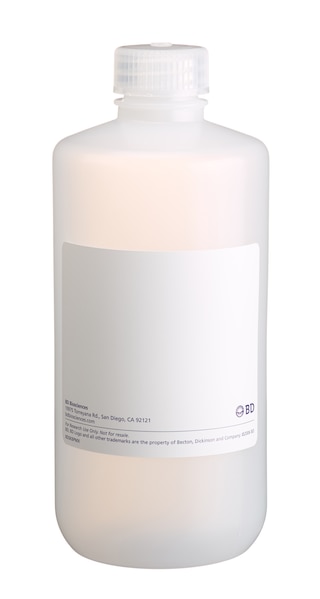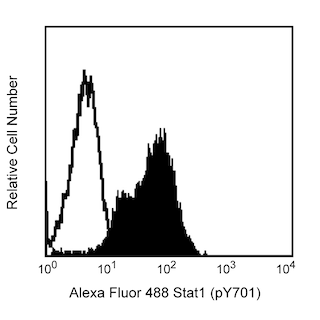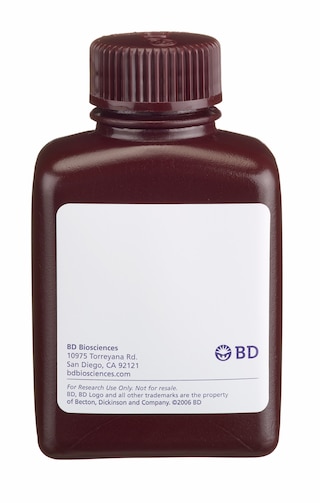-
抗体試薬
- フローサイトメトリー用試薬
-
ウェスタンブロッティング抗体試薬
- イムノアッセイ試薬
-
シングルセル試薬
- BD® AbSeq Assay | シングルセル試薬
- BD Rhapsody™ Accessory Kits | シングルセル試薬
- BD® Single-Cell Multiplexing Kit | シングルセル試薬
- BD Rhapsody™ Targeted mRNA Kits | シングルセル試薬
- BD Rhapsody™ Whole Transcriptome Analysis (WTA) Amplification Kit | シングルセル試薬
- BD Rhapsody™ TCR/BCR Profiling Assays (VDJ Assays) | シングルセル試薬
- BD® OMICS-Guard Sample Preservation Buffer
- BD Rhapsody™ ATAC-Seq Assays
-
細胞機能評価のための試薬
-
顕微鏡・イメージング用試薬
-
細胞調製・分離試薬
-
- BD® AbSeq Assay | シングルセル試薬
- BD Rhapsody™ Accessory Kits | シングルセル試薬
- BD® Single-Cell Multiplexing Kit | シングルセル試薬
- BD Rhapsody™ Targeted mRNA Kits | シングルセル試薬
- BD Rhapsody™ Whole Transcriptome Analysis (WTA) Amplification Kit | シングルセル試薬
- BD Rhapsody™ TCR/BCR Profiling Assays (VDJ Assays) | シングルセル試薬
- BD® OMICS-Guard Sample Preservation Buffer
- BD Rhapsody™ ATAC-Seq Assays
- Japan (Japanese)
-
Change country/language
Old Browser
Looks like you're visiting us from {countryName}.
Would you like to stay on the current country site or be switched to your country?


.png)

Intracellular staining of Pax-6 in neural induction of human embryonic stem (ES) cells. H9 human ES cells (WiCell, Madison, WI) were cultured in mTeSR® (Stem Cell Technologies) on plates coated with BD Matrigel™ hESC-qualified Matrix (Cat. No. 354277). Embryoid bodies (EB) were made and cultured in medium containing Knockout™ Serum Replacement (Life Technologies) without bFGF for 24 hours and then in medium containing 250 ng/ml human recombinant noggin (R&D Systems) and 10 μM SB 431542 (Tocris) for 4 more days. The EB were then plated on BD Matrigel-coated plates and grown in medium with ITS supplement (Sigma-Aldrich), noggin, and SB 431542. After growth for 7 days, the cells were collected, fixed with BD Cytofix™ Fixation Buffer (Cat. No. 554655), and permeabilized with BD Phosflow™ Perm Buffer III (Cat. No. 558050). The cells were then stained with PE Mouse anti-Human Pax-6 and PerCP-Cy5.5 Mouse anti-Human Sox1 (Cat. No. 561549). The plot was derived from gated events based on light scattering characteristics for the neural induction. Flow cytometry was performed on a BD LSR™ II flow cytometry system.
.png)

BD Pharmingen™ PE Mouse anti-Human Pax-6
.png)
Regulatory Statusの凡例
Any use of products other than the permitted use without the express written authorization of Becton, Dickinson and Company is strictly prohibited.
Preparation and Storage
Product Notices
- This reagent has been pre-diluted for use at the recommended Volume per Test. We typically use 1 × 10^6 cells in a 100-µl experimental sample (a test).
- Please refer to www.bdbiosciences.com/us/s/resources for technical protocols.
- An isotype control should be used at the same concentration as the antibody of interest.
- For fluorochrome spectra and suitable instrument settings, please refer to our Multicolor Flow Cytometry web page at www.bdbiosciences.com/colors.
- Source of all serum proteins is from USDA inspected abattoirs located in the United States.
- Caution: Sodium azide yields highly toxic hydrazoic acid under acidic conditions. Dilute azide compounds in running water before discarding to avoid accumulation of potentially explosive deposits in plumbing.
関連製品



.png?imwidth=320)
Pax-6 is a member of the paired box (pax) gene family whose protein products are transcription factors involved in development. Pax family members share a highly conserved DNA binding domain that contains six alpha helices (paired domain) and a homeo box domain. Pax-6 has important roles in the development of the eye, nose, central nervous system, and pancreas. Defects in Pax-6 are responsible for various eye malformations including aniridia and Peters anomaly.
The O18-1330 monoclonal antibody reacts with human Pax-6. Because the Pax-6 protein sequence is highly conserved among vertebrate species, cross-reactivity with other species is possible.

Development References (4)
-
Cerf ME. Transcription factors regulating beta-cell function. Eur J Endocrinol. 2006; 155(5):671-679. (Biology). View Reference
-
Chambers SM, Fasano CA, Papapetrou EP, Tomishima M, Sadelain M, Studer L. Highly efficient neural conversion of human ES and iPS cells by dual inhibition of SMAD signaling. Nat Biotechnol. 2009; 27(3):275-280. (Methodology). View Reference
-
Glaser T, Walton DS, Maas RL. Genomic structure, evolutionary conservation and aniridia mutations in the human PAX6 gene. Nat Genet. 1992; 2:232-239. (Biology). View Reference
-
Osakada F, Jin ZB, Hirami Y, et al. In vitro differentiation of retinal cells from human pluripotent stem cells by small-molecule induction. J Cell Sci. 2009; 122:3169-3179. (Methodology). View Reference
Please refer to Support Documents for Quality Certificates
Global - Refer to manufacturer's instructions for use and related User Manuals and Technical data sheets before using this products as described
Comparisons, where applicable, are made against older BD Technology, manual methods or are general performance claims. Comparisons are not made against non-BD technologies, unless otherwise noted.
For Research Use Only. Not for use in diagnostic or therapeutic procedures.
Report a Site Issue
This form is intended to help us improve our website experience. For other support, please visit our Contact Us page.